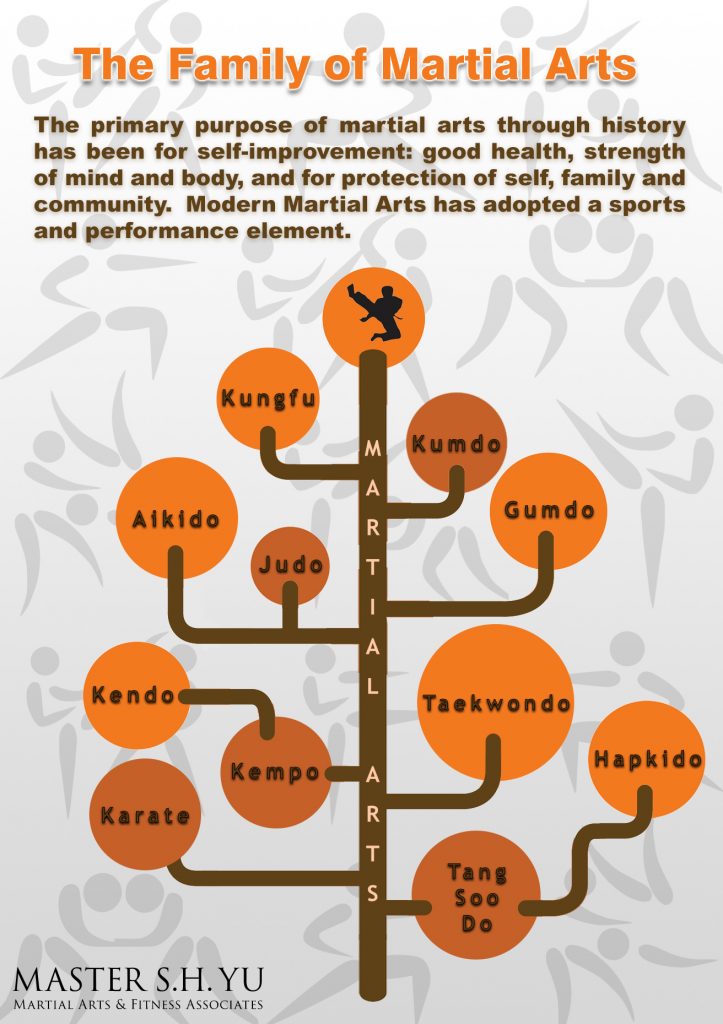Breaking Down Belt Degrees In Taekwondo: What You Required To Know
Breaking Down Belt Degrees In Taekwondo: What You Required To Know
Blog Article
Material By-Berry Sherman
Did you know that there are an overall of 10 belt levels in Taekwondo? From the novice's white belt to the distinguished black belt, each degree stands for a turning point in your journey to proficiency.
However what do these belt levels actually suggest? Exactly how do you progress through them?
In this conversation, we will certainly break down the belt degrees in Taekwondo, discover their value, and reveal what it requires to rise via the ranks.
So, if you're curious to recognize the complexities of Taekwondo's belt system and what it implies for your training, remain tuned.
The Objective of Belt Degrees
The function of belt degrees in Taekwondo is to offer a clear and organized progression system for you to track your development and skill degree. As you start your Taekwondo trip, you start with a white belt, representing your novice status. With https://martial-arts-instructor-k87654.blog-ezine.com/34006366/kickstart-your-self-defense-abilities-with-effective-strategies-made-to-empower-women-and-enhance-individual-important-self-defense-abilities-all-ladies-must-be-familiar-with , you gain brand-new expertise, methods, and responsibilities.
The belt degrees function as milestones, reflecting your commitment, dedication, and growth in the martial art. They provide a sense of accomplishment and inspiration to keep pushing yourself to boost. Additionally, belt degrees assist trainers and peers review your abilities and supply ideal support and training.
Belt Color Styles and Their Meanings
As you progress through the belt degrees in Taekwondo, each color stands for a details meaning and symbolizes your growth in the fighting style.
how often do kids neeed to take martial arts , which is the beginning factor for all beginners, signifies pureness and virtue.
As you proceed to the yellow belt, it symbolizes the planet where a plant sprouts and takes root.
The green belt represents growth and the development of your abilities.
Heaven belt represents the skies, where your capacity as a Taekwondo expert is unlimited.
The red belt stands for threat and care, advising you to utilize your abilities responsibly.
Finally, adriano emperado stands for proficiency and experience, signifying your trip in the direction of coming to be a true Taekwondo master.
Each belt color holds its own distinct meaning, mirroring your development and commitment in this old fighting style.
Progressing Via the Belt Degrees
To progress with the belt levels in Taekwondo, you have to regularly show your skills and dedication. Right here's what you need to understand about advancing in this fighting style:
1. ** Practice Makes Perfect **: Normal training sessions are necessary to boost your strategy and master the needed kinds. Rep hones your skills, allowing you to do with accuracy and speed.
2. ** Pressing Your Limits **: Advancing via the belt degrees needs pressing on your own past your comfort zone. You'll be tested physically and psychologically, yet it's via these difficulties that you grow and boost.
3. ** Testing Your Understanding **: Belt examines review your understanding of Taekwondo principles, consisting of sparring, self-defense, and damaging strategies. These tests guarantee you have an extensive grasp of the art and are ready to advance to the following degree.
Conclusion
As you start your journey with the belt levels in Taekwondo, keep in mind that each color holds a deeper definition beyond its surface appearance.
https://www.mvariety.com/sports/bbj-fitness-corner-martial-arts-for-kids/article_dd8f316c-5b55-11ed-aee2-97c466137bee.html to the vivid hues of the belts, your progression stands for development, self-control, and perseverance.
As you advance, each belt ends up being a symbol of your commitment and mastery of the art.
Welcome the challenge, press your restrictions, and let the significance of your belt levels inspire you to become the best version of on your own both on and off the mat.
